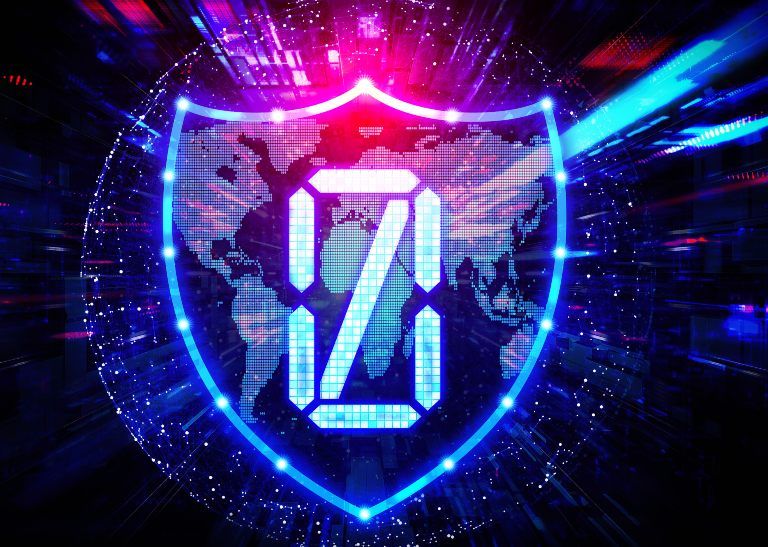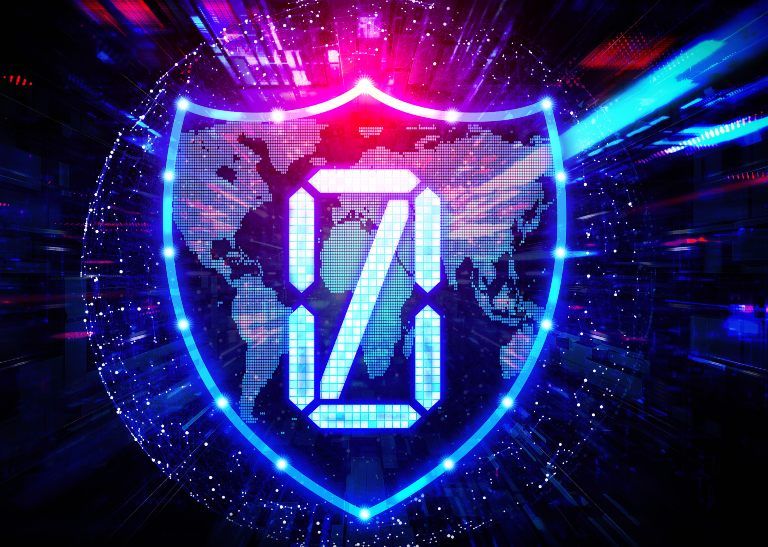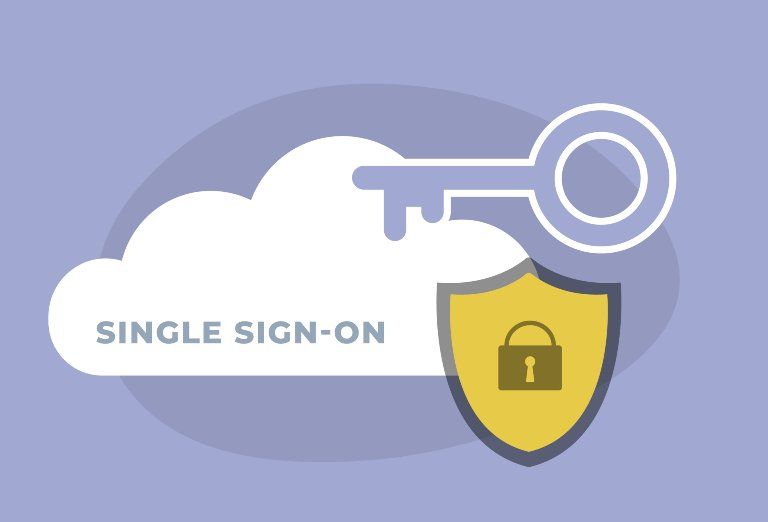
Data compliance is swiftly becoming the need of the hour for businesses thinking to step ahead of the competition. However, building the future of data compliance requires stringent data privacy and security policies and best practices.
We live in a digital-first era where data is the fuel to keep businesses up and running. But the way brands use this data makes all the difference.
Unlike the conventional times when brands used to collect heaps of customer data without their consent, organizations must first build trust in clients before expecting even a bit of detail.
Customers are already interacting with brands like Google, Amazon, and Apple, so they know what a great user experience is. Also, they’re aware of their privacy rights since global data and privacy regulations are becoming increasingly stringent.
So, if a business isn’t building trust in potential clients by offering reliable data security and privacy, it would lag behind its competitors.
Let’s look at some aspects that can help organizations stay ahead of the curve by leveraging digital privacy for compliance management.
What is Data Compliance? Why Must Businesses Adhere to Data Compliance?
Data compliance could be defined as identifying the applicable governance for customer/user data security, protection, management, storage, etc., and helps establish strategies with protocols to ensure data is secure from unauthorized access and usage.
In a nutshell, data compliance law states how organizations (regardless of their industry) meet regulatory and legal requirements for collecting, processing, and maintaining personal information.
A breach in data privacy can lead to legal consequences and may be followed by investigations and fines.
But why do organizations need to immediately think about invoking the true potential of data compliance and privacy?
Well, consumers or employees can respond with civil lawsuits whenever their privacy is compromised while an organization collects and processes personal information.
Apart from this, data and privacy compliance laws and regulations help protect consumers in different countries by ensuring data is handled appropriately.
Why is Data/Privacy Compliance Crucial Today?
One of the biggest reasons organizations must comply with privacy regulations is to avoid heavy fines. The ones that don’t implement the privacy regulations could be fined up to millions of dollars and face penalties for years.
Due to increased regulations, including the EU’s GDPR and the United States’ CCPA, that protects unauthorized access to crucial data, privacy compliance is now crucial for every business.
Also, the increased number of cybersecurity threats pertaining to customers’ crucial information has impacted businesses; businesses must incorporate a robust security mechanism for better protection.
Incorporating a Customer IAM For Quickly Adhering to Global Compliances
A customer identity and access management (CIAM) platform help businesses comply with every data regulation and privacy compliance, including the GDPR and the CCPA.
A CIAM could be the best way to stay ahead of the competition since it offers endless business opportunities that help enhance leads and eventually improve conversion rates.
As a leading GDPR-compliance-ready CIAM platform, LoginRadius works seamlessly for any business model.
LoginRadius simplifies data compliance by bringing all the consumer data under a single roof, which enables complete profile management of an individual consumer in a single intuitive admin console.
Our platform ensures you remain compliant with GDPR and stay ahead of your competitors when it comes to securing essential consumer data.
In Conclusion
The surging number of data breaches and customer identity thefts have given rise to the need for a more robust compliance management system.
Incorporating a customer identity and access management solution can be a game-changer for businesses striving for digital excellence by adhering to all the legal compliance requirements.
And with LoginRadius CIAM, businesses need not worry about getting compliant with global data and privacy regulations, including the GDPR and the CCPA. The cutting-edge CIAM offers a seamless user experience reinforced by robust security and privacy.
Originally published at LoginRadius

https://bit.ly/3fkFTx8
https://bit.ly/3fmIxm8
https://guptadeepak.com/content/images/2022/10/compliance.jpeg
https://guptadeepak.weebly.com/deepak-gupta/what-brands-need-to-know-for-building-the-future-of-data-compliance












